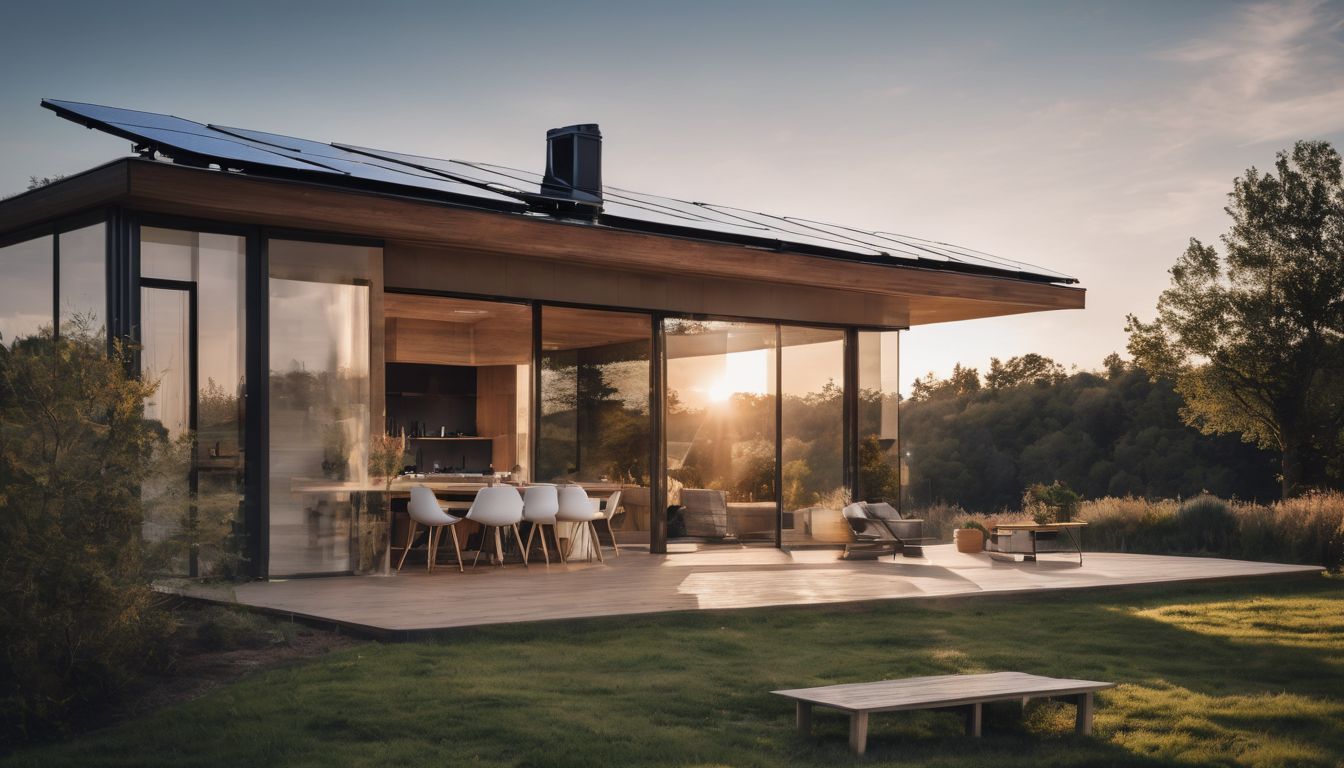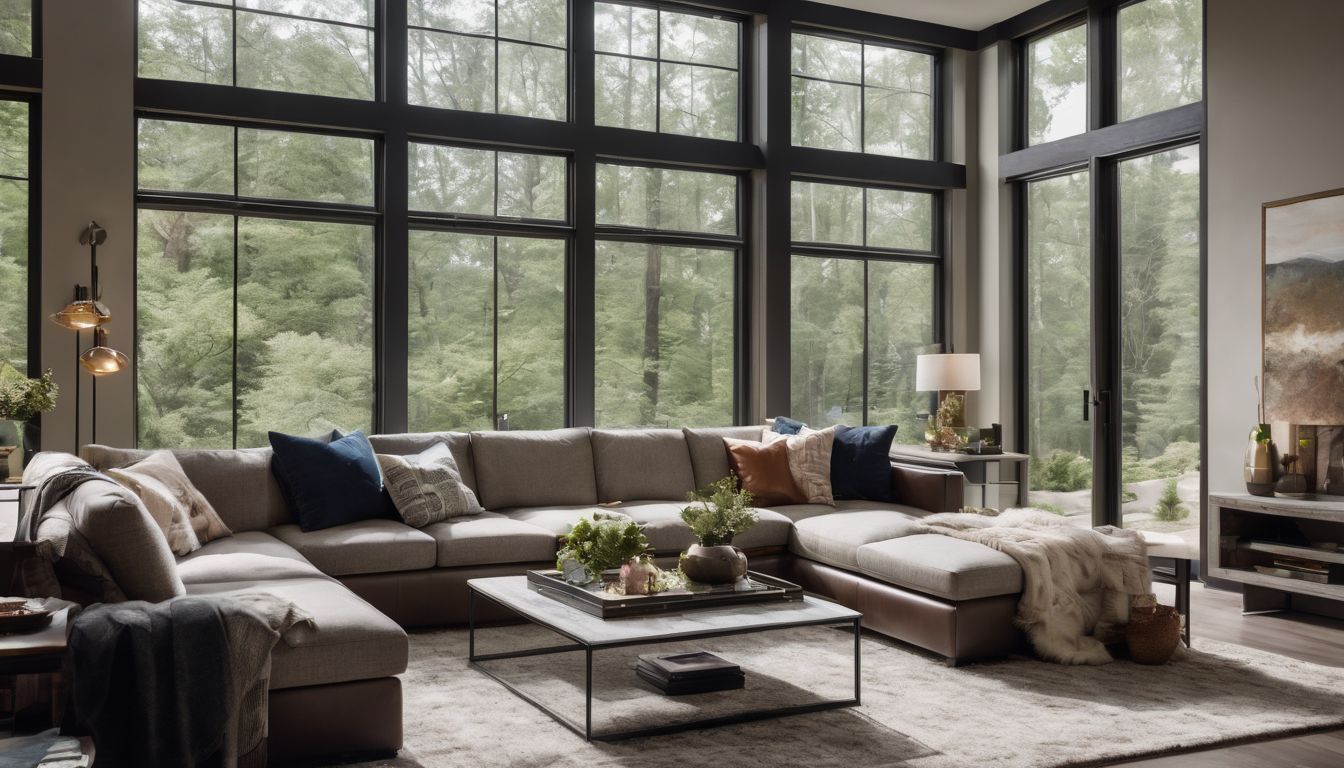Yes, you can build your own air conditioner that is eco-friendly and wallet-friendly! I would like to thank my good friend Black Khachatoorian, who is the sole genius behind this creation. He allowed me access to 100% of his design, techniques, and list of materials, so that I could share his handiwork in an effort to decrease national energy use. Thanks Blake!1
BENEFITS for the environment: The US Department of Energy reports that 45% of an average home’s energy bill goes to heating and cooling, nationally emitting a total of 150 million tons of carbon Dioxide (CO2) per year. Heating and cooling systems are also large contributors of sulfur dioxide, a main ingredient in acid rain.2 The only environmental impact your homemade air conditioner will have is use of electricity to run a box fan.
BENEFITS for your wallet: Making your own room air conditioner will cost a fraction of the price in utility bills and is inexpensive to make. All the supplies will cost you only about $55 USD. A $300 air conditioner by energy star boasts a $54 a year cost—although consumers have reported this number false—but your $55 creation will cost you about two $0.02/hour x 8hrs/day x 365days/yr = $58.64. So assuming that energy star is being honest about its energy costs, that means that the home built air conditioner will cost you $4.64 more per year in energy, but save you $245 in product costs.3
However, fans are also a good alternative to air conditioners. The cost to run a fan and a room air conditioner differ immensely. A box fan on average only uses 50 watts per hour, while the latter uses almost 3000 watts per hour on average. This means that the fan would use one-sixtieth of the energy and 1/60 of the cost!4
Time and Effort: Moderate Shopping will take you about an hour, depending on how many times you have actually visited a hardware store. Construction will require medium craftsmanship and focus. Actual building will last around an hour and a half; plus you need to let the product dry for an hour when you are finished. Total time: 4 hours.
Materials:
1. Box fan
2. Zip ties
3. Copper tubing with a ¼ inch diameter, about 20 feet. It is usually sold in 10 foot increments, so 20 feet will do, but the more tubing the better.
4. Fountain pump, small in size
5. Two 3/8 inch clear pliable plastic/nylon tubes, the kind used in fish tanks
6. A cooler. Styrofoam or reusable one; the latter would be more eco-friendly
7. Plumber’s adhesive puddy
Everything can be found at your local hardware store.
How it Works
The cooler will be filled with ice water, the fountain pump submerged in the water. The face of the fan is covered in copper tubing, with both ends of the tubing ending high on the sides of the fan. One of the plastic tubes will connect from the fountain pump to one end of the copper conduit. The second plastic duct will run from the other end of the copper tube straight into the water. When the pump and fan are plugged in, the pump will push water through the copper tubing and the fan will blow through the cold metal, creating a cold air current. The second nylon tube will run from the other end of the copper tube into the water cooler, allowing the cold water to circulate from the tank, through the fan, and back into the cooler again. This description may sound a bit too tubey, so check out the illustration below for a visual aid.
Construction
Construction will take an hour or two, so while you are building your air conditioner, make sure you have some ice in your freezer as you’ll need it later to fill the cooler.
Grab your box fan and the copper piping. The idea is to create a hypnotic circular pattern of copper tubing on the face of the fan (the face that you will be looking at). Attach it with the zip ties. The more copper piping you have coiled on the fan, the colder the air current will be, but you still want some space between the copper tubes so air can get through. Construction-wise, this task will take the longest to complete.
Image of copper tubing idea:
Put the pump in the cooler and attach the first plastic hose to it. The other end of the tube will attach to one end of the copper piping. (The cooler should not have water in it yet.)
Next you will want to mull the puddy over in your hands, and use it to glue the first tube and first end of the copper tube together. This will basically act as concrete to hold them together, while still promoting an unbroken flow of water. The puddy is waterproof and will not leak since it is built for plumbing purposes. Because it needs sixty minutes to sit, connecting the hoses together should be done last.
Using the puddy, take the second plastic tube and connect it to the other unused side of the copper pipes. Let dry.
Once the plumber’s adhesive is finished drying, you are ready to use your homemade air conditioning system. Fill the cooler up with ice water place the open end of the second tube into the water bucket, then submerge the fountain pump and plug it in. This will start the cold water pumping through the metal piping. Turn on the fan and alas!
When operating this contraption, you need to remember two things. First, the copper pipes will produce condensation, some of which will fall off the pipes onto the ground. Place a towel underneath the fan to collect any water that drips from the tubing. Also, the ice water in the cooler will eventually completely melt and warm up, making your air conditioner just a fancy fan. The cooler will keep the ice water effective for a while, but every 8 hours or so the water will need to be replaced to ensure constant coolness. To make this an even more eco-friendly appliance, use the old water to water your plants so it won’t be dumped down the sink and wasted.
There you go, your own air conditioner that you can be proud to have created and show off to others, setting a great example as to how sustainable and money-saving techniques go hand-in-hand!




